A school of Sockeye salmon below the surface. © Jason Ching
“In Bristol Bay nature is still king. It’s a place where horizons are still dominated by mountains and not skyscrapers, there’s no highway in and out, the rivers flow free, and the animals and fish move unhindered and naturally. It’s where we are able to harvest sockeye salmon, this free growing resource of wild and healthy food, sustainably each year.” – Jason Ching (Research Scientist/ Photographer/ Filmmaker)
Research Scientist, Photographer and Filmmaker Jason Ching of Washington, has spent the last nine Summers researching Salmon with the Alaska Salmon Program in the remote and untouched Bristol Bay watershed of South West Alaska.
He spends his days standing behind the steering wheel of a boat, hiking up a stream collecting and measuring dead Salmon or fixing something at the field station. In his free time, you’ll find him piloting his drone, setting up camera traps or standing dead still in the river capturing unique underwater imagery of wild salmon.
In the Summer months, Jason is based at Lake Iliamna where he maintains one of the University of Washington’s field stations. Here, he is in charge of collecting samples and data surrounding Sockeye Salmon, and the region’s ecology and environment.
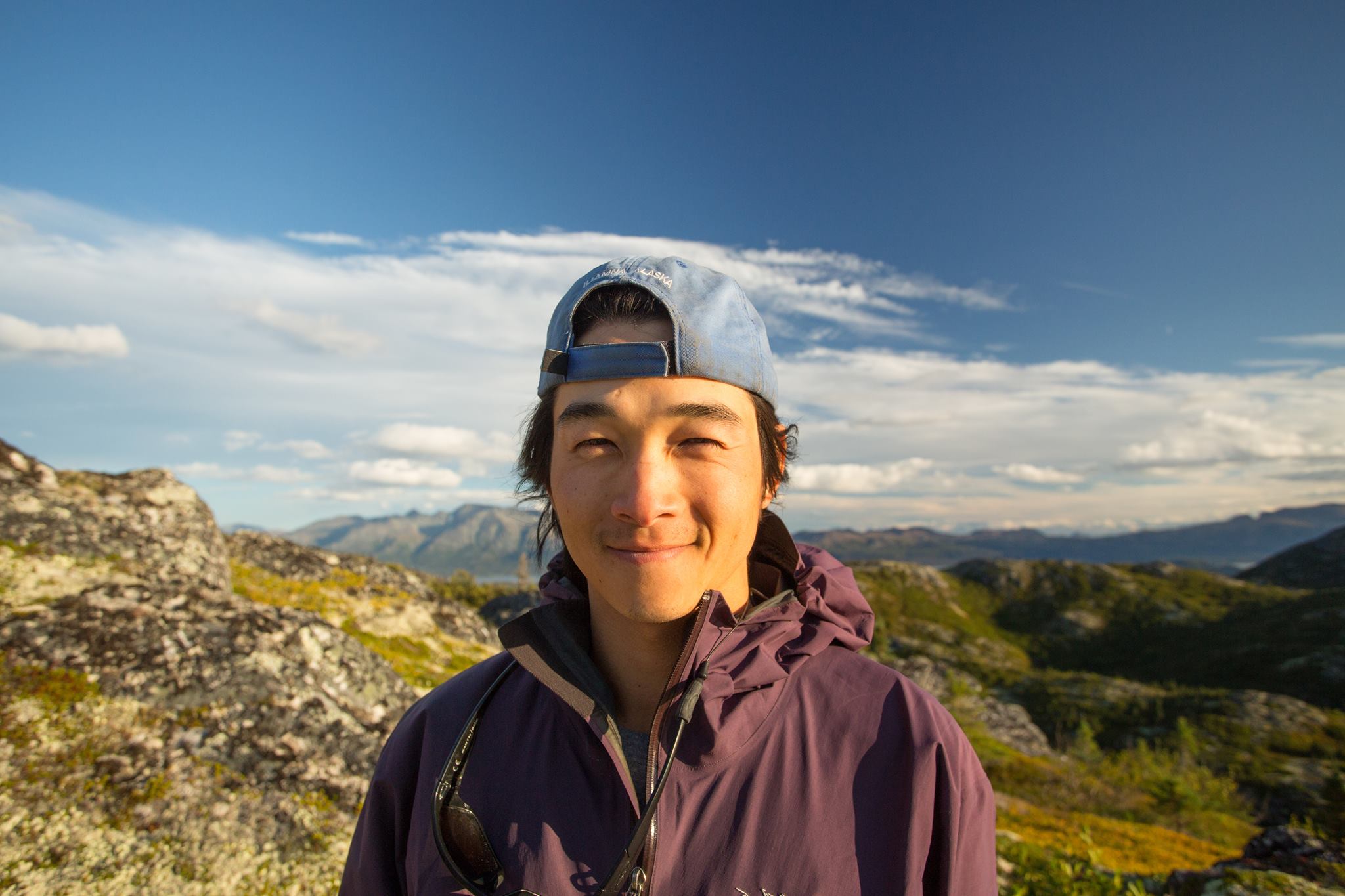
Research scientist, photographer and filmmaker Jason Ching.
Trekking in remote wild spaces with brown bears and bright red sockeye salmon is what hooked Jason on Nature Photography and Filmmaking, and he began developing creative ways and techniques to capture these wild places and animals in his free time.
“I’ve found that it is impossible to be in Bristol Bay during the Summer and not be inspired to capture and share the stunning environment with a camera,” says Jason.
His ‘hobby’ started off as something to show family and friends when he got home, but Jason now sees the power in helping others tell their stories in science and research, communicate ideas in conservation, or just simply share scenes of gorgeous places that still exist on our planet.
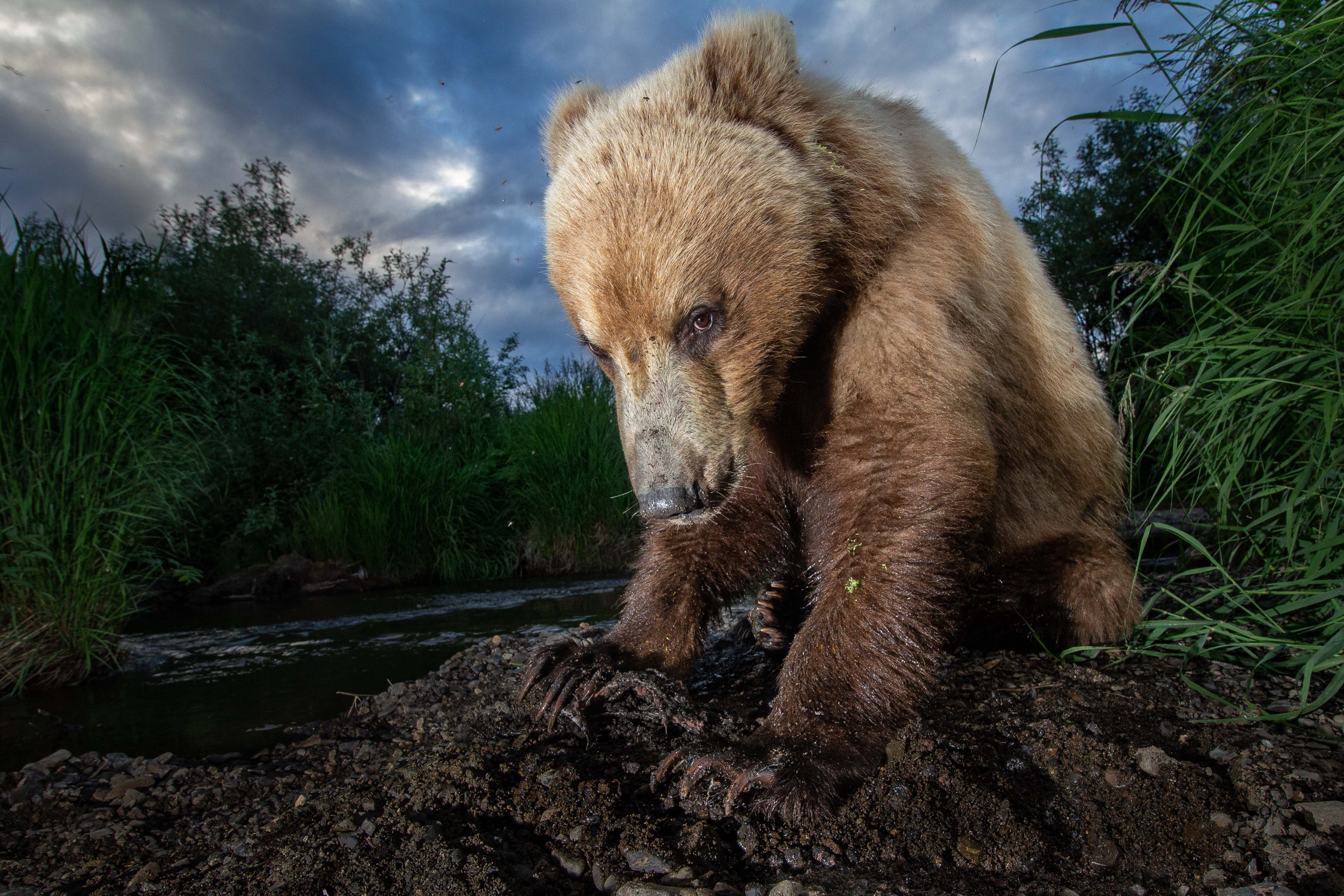
Jason’s image you takes you as close as you can get to the wildlife of Bristol Bay. © Jason Ching
His images are as striking as they are varied and one can’t help but feel Jason’s deep connection to this place.
“I hope I can show people that wild places like this still exist,” says Jason. “In my mind, Bristol Bay is this perfectly running ecosystem where people and nature coexist and that is very much worth keeping.”
Shooting in the wilds of Alaska presents many challenges, the most significant of which are the weather and the bears, according to Jason.
“I’ve lost a drone in high winds, and I’ve had two cameras smashed up and tossed into a creek by bears! One bear even dragged my camera over and incorporated it into its food cache.”
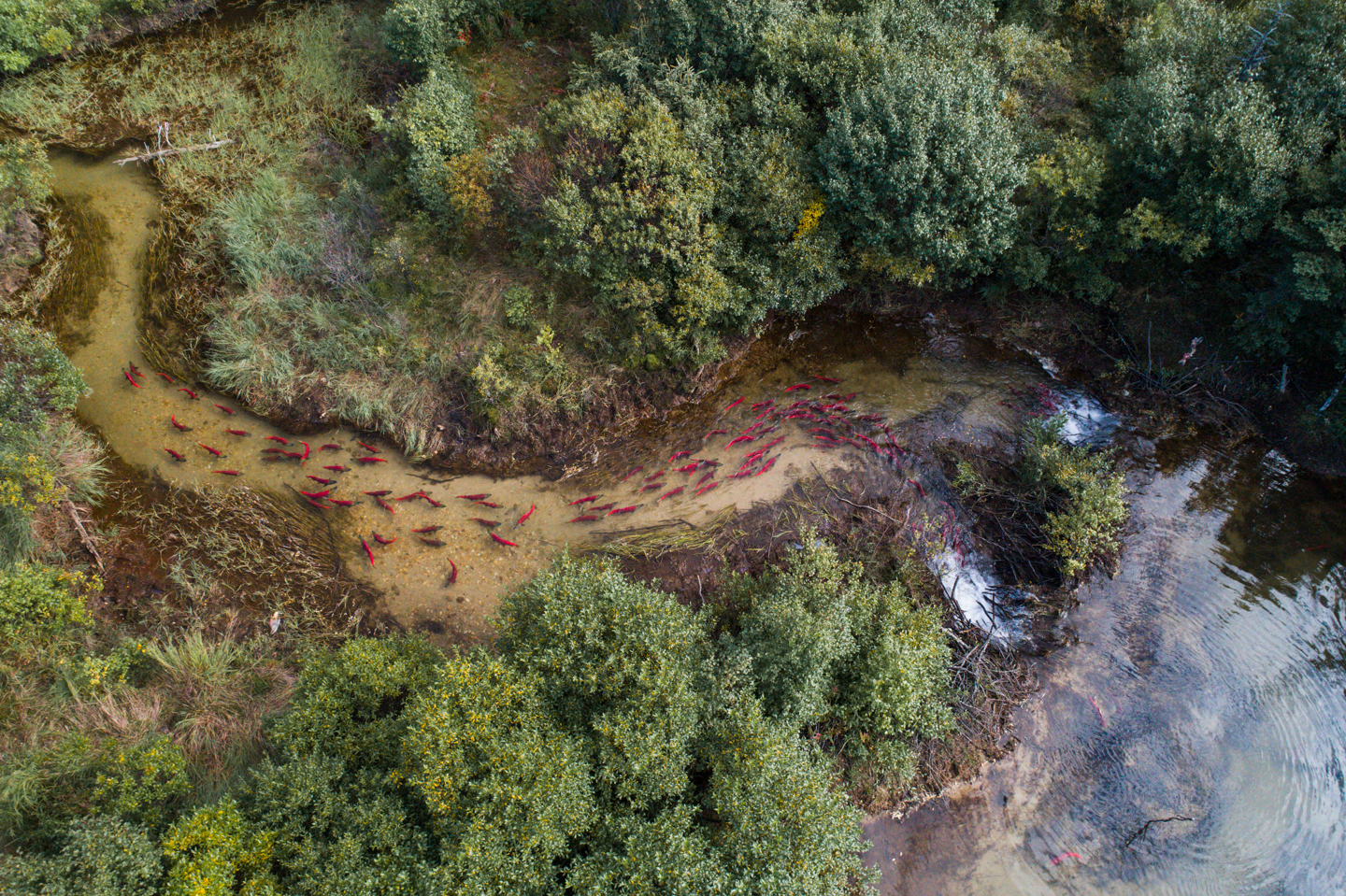
Sockeye salmon swimming upstream. © Jason Ching
Camera trapping has been a big part of Jason’s work and something he developed from scratch with the help of close friend Jonny Armstrong.
The pair worked on their own housings, motion sensors, radio triggers; setting out their cameras on motion triggers to get wide angles close up in order to capture images that people weren’t getting all the time.
“I think my favorite is the image of this bear munching on salmon. I like that the bear makes solid eye contact with the camera and the time of day and weather conditions that this shot was captured really added to the mood of the shot.”
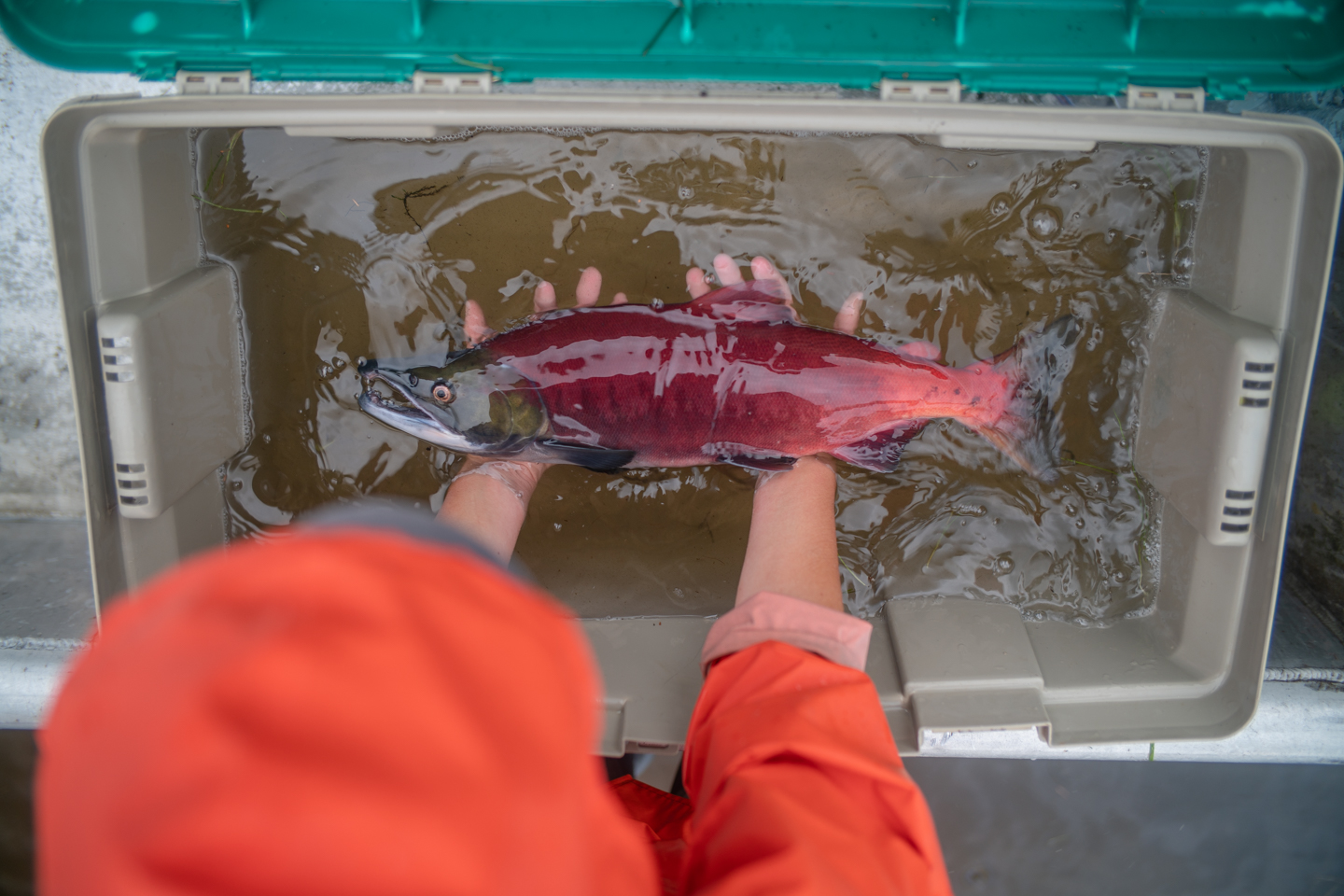
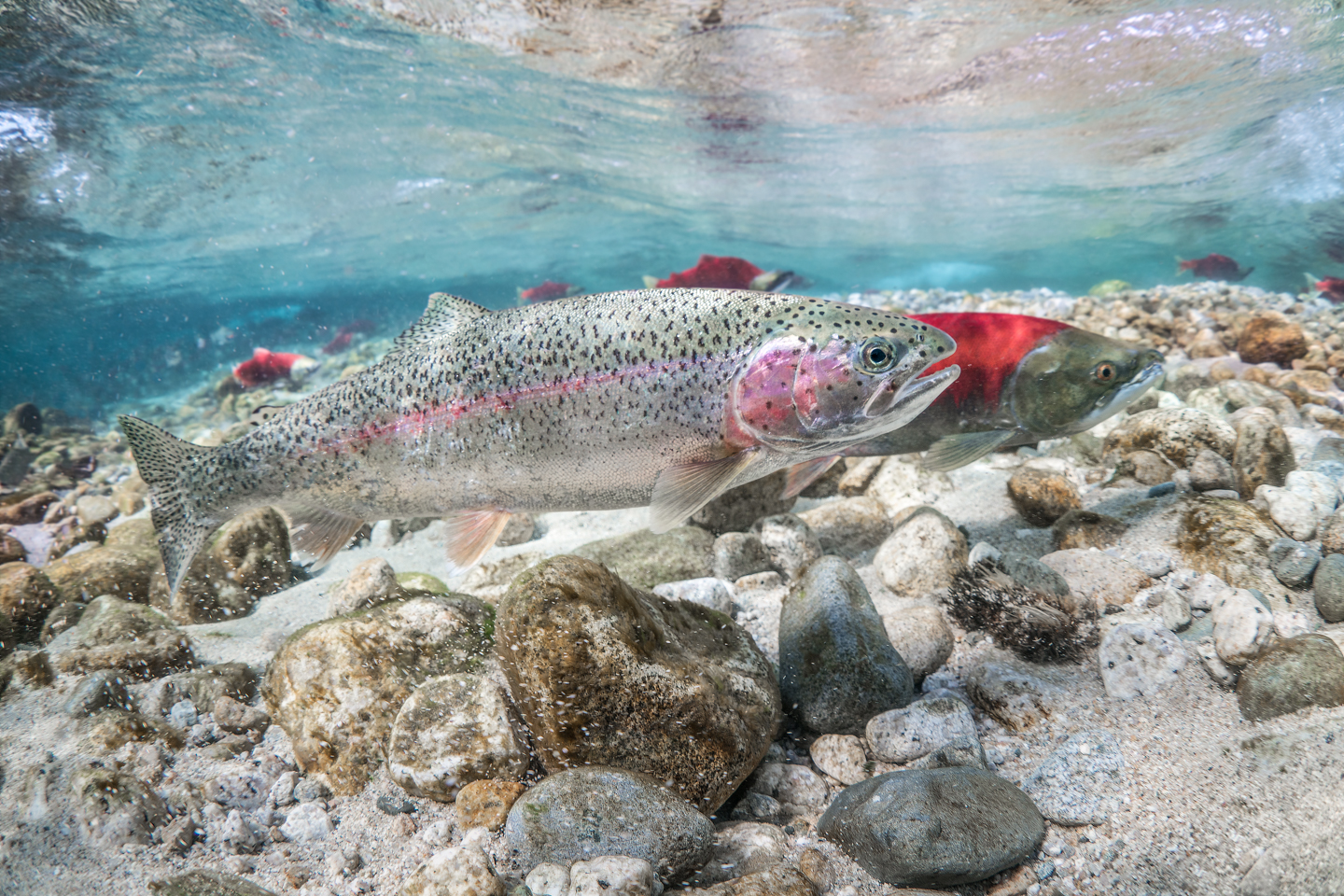
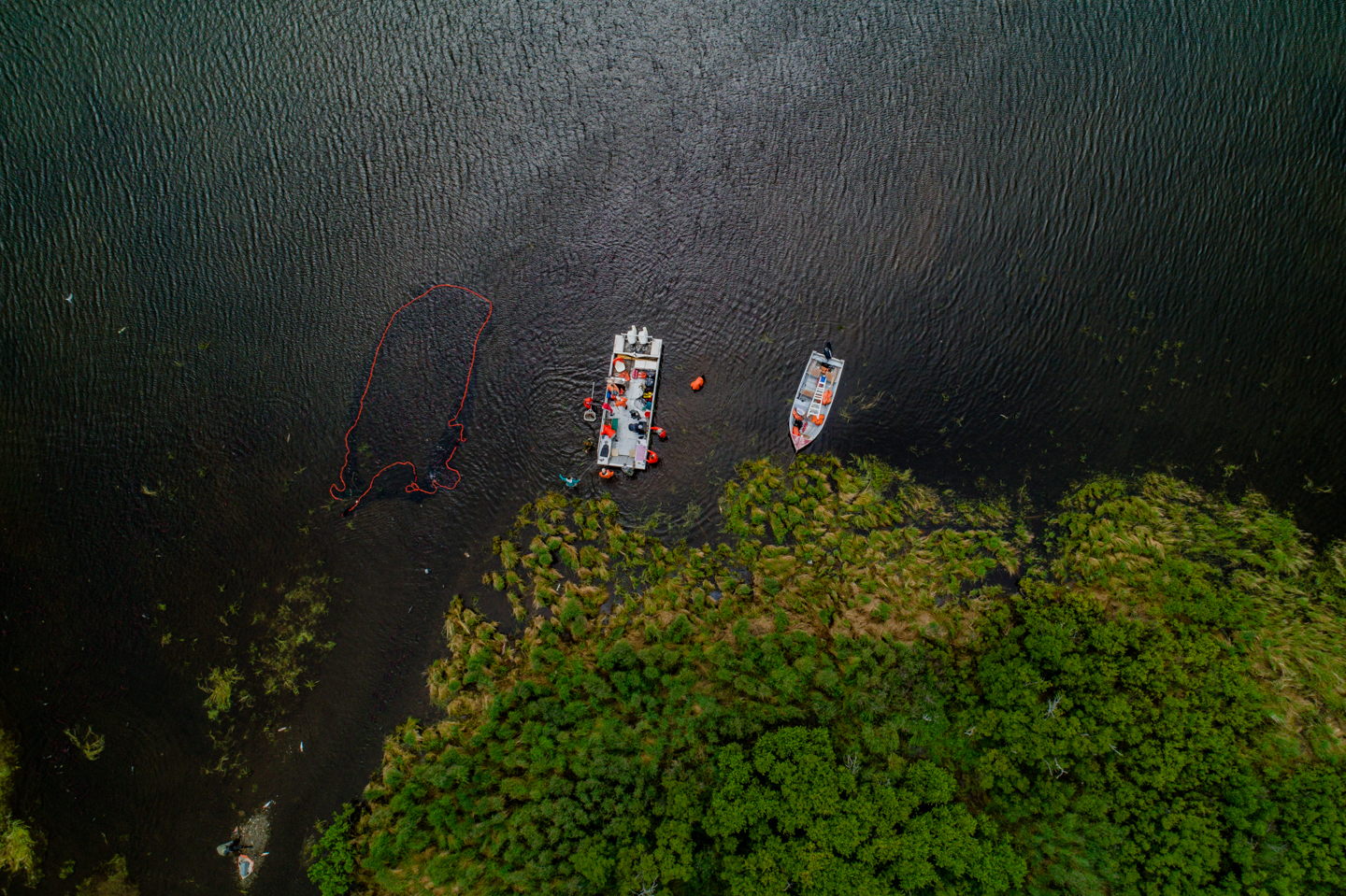
Jason spends his days researching and measuring dead Salmon with the Alaska Salmon program. All images © Jason Ching
The threat of Pebble Mine (a large open-pit Gold and Copper Mine planned for the Bristol Bay region) is very much on everyone’s mind and Jason hopes his images will drive home the importance and value of protecting this ecosystem.
“Bristol Bay is one of the last strongholds for wild salmon and fully functioning, natural ecosystems. We need to protect it because it supports so much, including ourselves. It represents; wilderness, wildlife, and our last chance. This is a pristine environment, meaning no dams and no salmon hatcheries, people have little to no impact here, and I don’t know of any other salmon ecosystem like that anymore.”
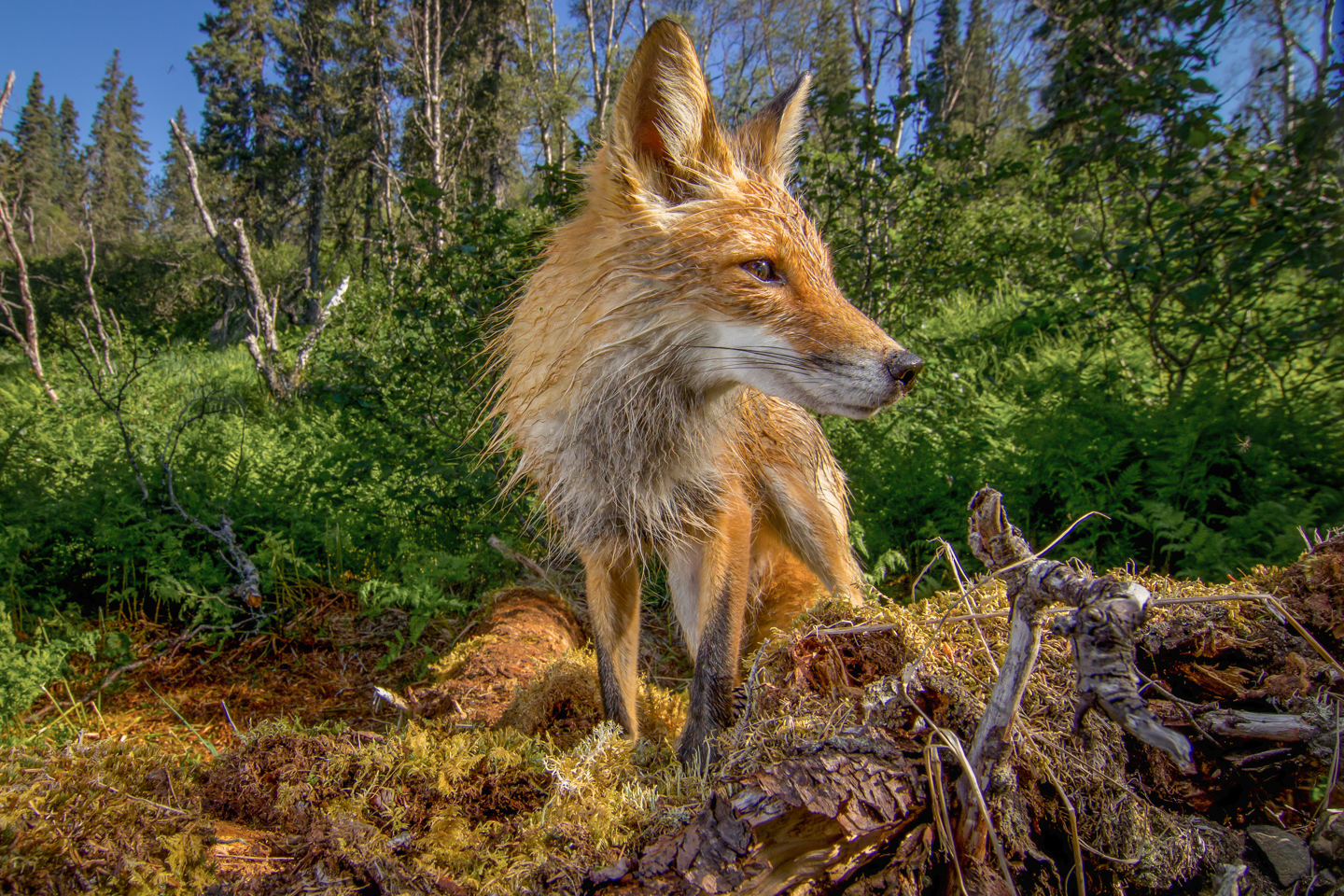
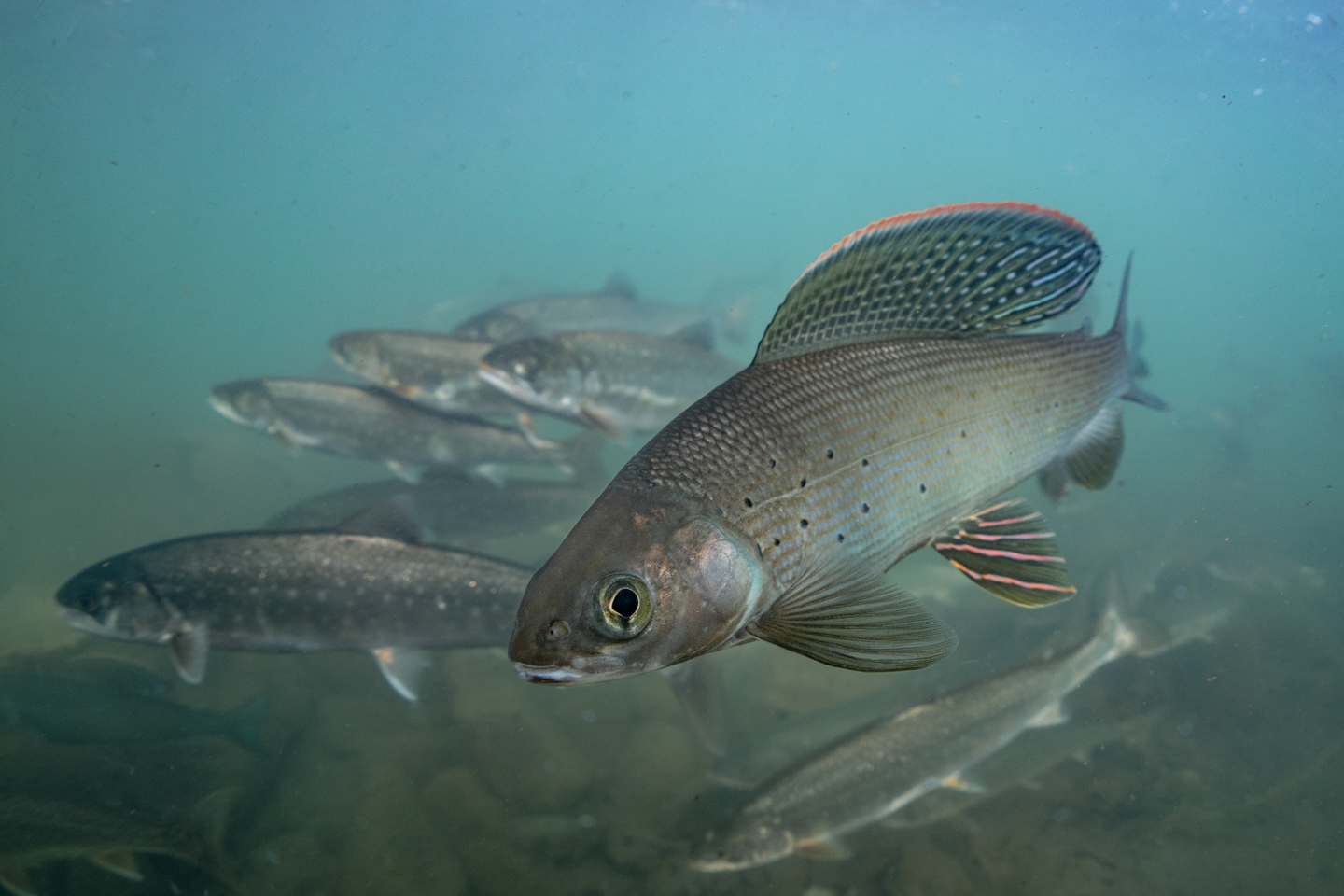
(Left) Fox portrait caught on Jason’s camera trap. (Right) Arctic grayling.
“We’ve already risked and destroyed so much on our earth, and we clamber to try to recover what we’ve lost, why can’t we, for once, just let nature be? This is the last chance for Salmon and us. If Pebble were to go through it would be hard to imagine where we would draw the line anymore. It is, however, uplifting to see folks in such strong support of Bristol Bay.”
Find out what WildArk is doing to conserve Bristol Bay through our Grizzly Plains Conservancy https://wildark.org/space/grizzly-plains-conservancy/
To view more of Jasons Work http://www.jasonsching.com
